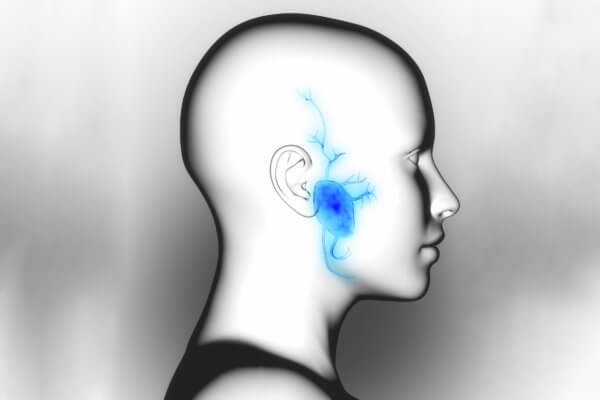At Maxillofacial Institute, we receive numerous consultations from patients who underwent surgery for tumors of the parotid gland, asking if there is a risk that the tumor will reappear. Let's see:
Most tumors of the salivary glands and specifically of the parotid gland are benign. The most frequent is the so-called mixed tumor or pleomorphic adenoma. The second most frequent is the so-called Warthin tumor. In both cases, the total removal of the tumor, definitely eliminates the problem.
There have been cases -exceptional- of malignization of these benign tumors when they are allowed to evolve for a long time. Therefore, it is essential to perform its removal once localized. This extirpation involves some technical difficulty, since the facial nerve -responsible for the mobility of the muscles of the face-, runs through the parotid gland. Therefore it is necessary to make a careful separation during surgery to avoid injury. In this surgery, the type and course of the incision in the skin is important, to avoid visible scars.
Related: What is a facial nerve neurostimulator?
At the Maxillofacial Institute, we designed and published an original technique in the International Journal of Oral and Maxillofacial Surgery, which allows for the removal of benign tumors of the parotid gland by means of a hidden incision (similar to that performed for a facelift). In adittion, Dr. Adaia Valls, from our medical team, has been working for years to minimize the aggressiveness of these tumors and thus be able to reduce the sequelae and facilitate the return of patients to their normal lives.
Malignant tumors of the salivary glands and parotid glands are fortunately much less frequent, but the signs at the onset of the disease are similar: a hard mass in the area surrounding the lower portion of the ear. The diagnosis of malignancy is established after puncturing the tumor and obtaining cells that, once studied under a microscope, are labeled as malignant. In these cases, the surgery tends to be more radical, and often involves the removal of a part of the facial nerve if it is affected. Depending on the type of malignant tumor, it is sometimes necessary to remove the lymph nodes of the neck, and to perform radio and / or chemotherapy.
In conclusion, it is important that if you detect any nodule, lump or tumor on the face, you make a consultation with your specialist as soon as posible. If you want to visit with the Maxillofacial Institute experts you can contact us at international@institutomaxilofacial.com
Video: Parotid Tumors








